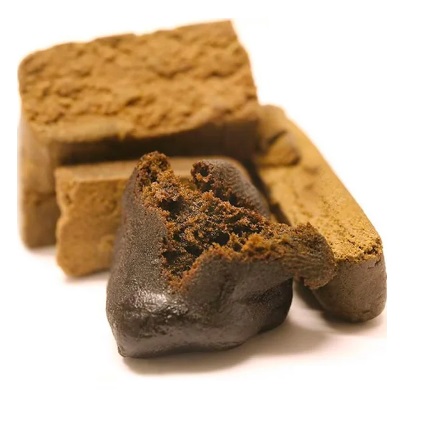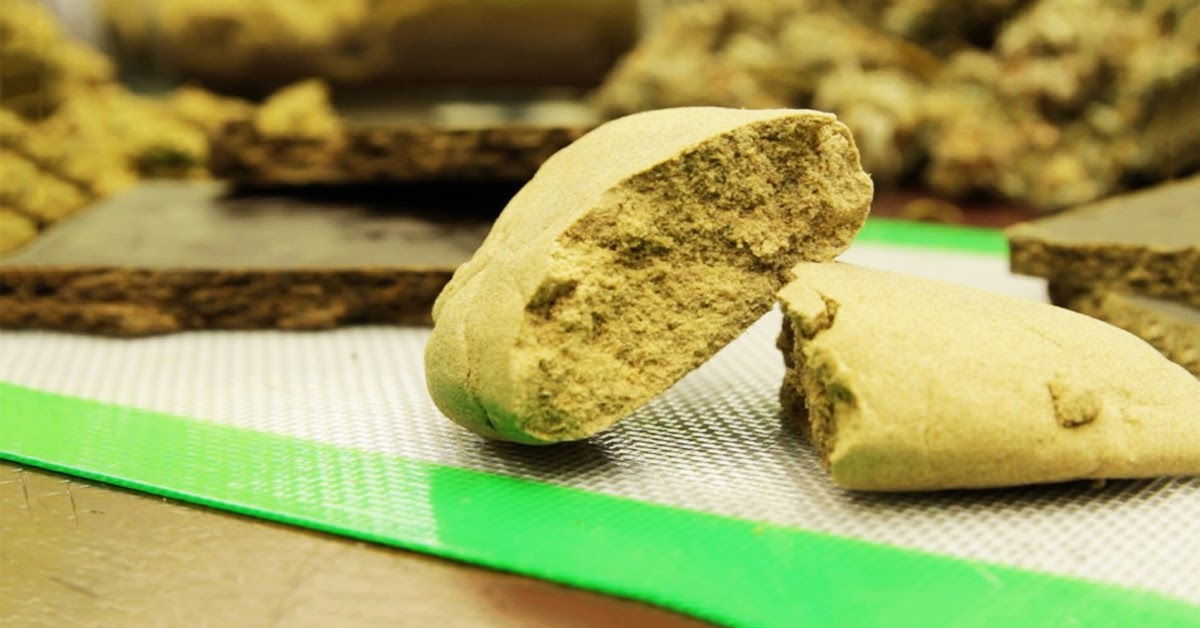A Comprehensive Guide to Frozen Dry Sift Hash
Frozen dry sift hash, a top-tier solventless extract, has been making waves in the cannabis community for its potency and rich terpene profile. In this comprehensive guide, we delve into the intricacies of frozen dry sift hash, its production process, and the benefits it offers to cannabis connoisseurs.
What is Frozen Dry Sift Hash?
Frozen dry sift hash is a superlative cannabis concentrate made from fresh frozen plant material. This concentrate is obtained through a refined process that involves separating trichomes (resin glands on the cannabis plant) from the plant material using a series of screens. The end product is a potent concentrate that can be smoked, dabbed, or used to make edibles.
The Science Behind Frozen Dry Sift Hash
The production of frozen dry sift hash revolves around the principle of trichome separation. Trichomes are tiny, mushroom-shaped structures that are primarily found on the flowers and leaves of cannabis plants. These structures function like microscopic chemical factories, producing a thick resin rich in cannabinoids and terpenes.
There are three types of trichomes identified by scientists:
Bulbous Trichomes: The smallest of the three, bulbous trichomes produce a limited amount of metabolites.
Capitate-Sessile Trichomes: Identified by their spherical head sitting atop a short stalk, these trichomes develop more metabolites than bulbous trichomes but less than capitate-stalked trichomes.
Capitate-Stalked Trichomes: These trichomes have a circular head or cap that sits on a longer stalk than sessile trichomes. They develop the highest concentrations of cannabinoids and terpenes.
Comparing Frozen Dry Sift Hash with Kief
It's essential to distinguish between frozen dry sift hash and kief. While they are both cannabis concentrates, the key difference lies in their production process and end product.
Kief: This is the pile of dislodged trichomes that accumulate in the lower chamber of a grinder. While potent, kief is relatively unrefined and is typically sprinkled onto joints or bowls for an extra kick.
Frozen Dry Sift Hash: A more refined and potent form of kief, dry sift hash is made by further refining the kief through a series of screens, leading to a purer product that can be pressed into hash or further refined into rosin.
Understanding the Quality of Frozen Dry Sift Hash
The quality of frozen dry sift hash is often evaluated based on its "melt". Melts are categorised into three grades: full-melt, half-melt, and kief.
Full-melt: This is the highest quality of hash. It can be completely dabbed or vaporised without leaving any residue.
Half-melt: While it doesn't vaporise as well as full-melt, half-melt hash is perfect for adding to a bowl or crumbling into a joint for an extra dose of cannabis goodness.
Kief: The lowest grade of dry sift, kief does not melt but crackles and burns when smoked.
Advantages of Frozen Dry Sift Hash
Frozen dry sift hash holds several benefits for cannabis enthusiasts:
Potency: Due to its concentrated form, frozen dry sift hash is significantly more potent than regular cannabis.
Flavour: As it retains a higher terpene profile, frozen dry sift hash offers a richer, more nuanced flavour.
Versatility: This cannabis concentrate can be smoked, dabbed, or used in edibles, thereby offering numerous ways to enjoy its benefits.
The Process of Making Frozen Dry Sift Hash
Making frozen dry sift hash involves a series of steps that begins right after the cannabis harvest. First, the fresh plant material is immediately frozen. Next, the frozen material is sifted through a series of screens to separate the trichomes from the plant material.
Here is a step-by-step guide to making frozen dry sift hash:
Step 1: Harvesting and Freezing the Plant Material
Immediately after harvesting, the cannabis buds or trim are frozen. This helps the buds retain more terpenes, ensuring a flavour profile that's closer to the live plant. It's advisable to use small buds or break up larger ones into smaller pieces.
Step 2: Sifting the Plant Material
The frozen plant material is then sifted using a set of collection bags in a process similar to making ice water hash. The aim is to isolate and collect different grades of resin. During this process, care is taken to handle the material gently to prevent the trichomes from being damaged.
Step 3: Drying the Resin
The collected resin is then left to dry. As the resin dries, it changes its colour and becomes translucent. To preserve the terpenes, the resin is dried in a cool and dry place.
The Cost of Setting Up a Frozen Dry Sift Hash Operation
Setting up a frozen dry sift hash operation necessitates an initial investment in the necessary equipment. This includes a set of collection bags, a bucket, and a device for stirring the mixture. While the cost may vary based on the scale of operation, the returns in terms of product quality and potency make it a worthwhile investment.
Conclusion
Frozen dry sift hash offers cannabis users a potent and flavourful experience. Its production process, which involves the sifting of fresh frozen plant material, allows for the retention of a high terpene profile, thereby offering a taste that's closer to the live plant. Whether you're a cannabis connoisseur or a therapeutic user, frozen dry sift hash offers an enjoyable and potent cannabis experience.



